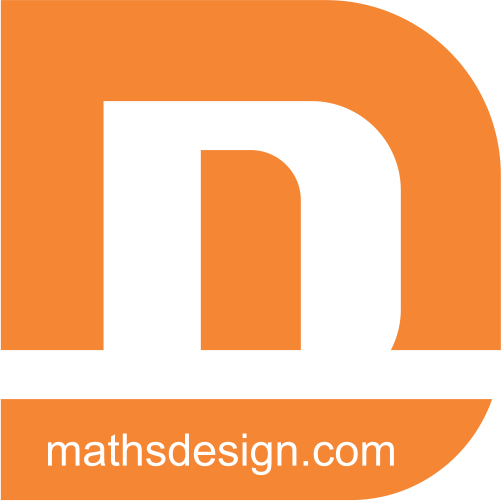Logic symbols
Logic symbols with Symbol Name , Meaning and definition and also with Example:
Symbol |
Symbol Name |
Meaning / Definition |
Example |
|---|---|---|---|
| ⋅ | and | Logical AND | x ⋅ y |
| ^ | caret / circumflex | Power | x ^ y |
| & | ampersand | Logical AND | x & y |
| + | plus | Addition | x + y |
| ∨ | reversed caret | Logical OR | x ∨ y |
| | | vertical line | Logical OR | x | y |
| ‘ | single quote | Notation / Prime | x’ |
| ¬ | negation | Logical NOT | ¬x |
| ! | exclamation mark | Factorial / Notation | x! |
| ⊕ | circled plus / oplus | Exclusive OR – XOR | x ⊕ y |
| ~ | tilde | Negation | ~x |
| ⇒ | implies | Implies | P ⇒ Q |
| ⇔ | equivalent | If and only if (IFF) | P ⇔ Q |
| ∀ | for all | Universal quantifier | ∀x ∈ S : P(x) |
| ∃ | there exists | Existential quantifier | ∃x ∈ S : P(x) |
| ∄ | there does not exist | Negation of existential | ∄x ∈ S : P(x) |
| ∴ | therefore | Logical consequence | A, B, ∴ C |
| ∵ | because / since | Explanation / Reasoning | ∵ A implies B |
Please note that the meanings and examples provided are general interpretations of these symbols within various contexts, such as mathematics, logic, and formal language. The specific interpretation can vary depending on the field or context in which they are used.
Logic symbols are symbols used to represent logical operations in mathematics. These symbols can be used to express ideas and make logical deductions. For example, the symbol “∨“ is used to represent the logical operation “or“, meaning that at least one of the elements in the expression must be true. Similarly, the symbol “⊃“ is used to represent the logical operation “implication“, meaning that one element implies another. Other common logic symbols include “∧“ (and), “¬“ (not), “→“ (if–then), “⊥“ (false), and “∀“ (for all). By using these symbols, mathematicians are able to express more complex ideas and make logical deductions more efficient.

Recent Comments